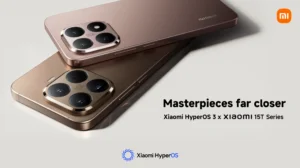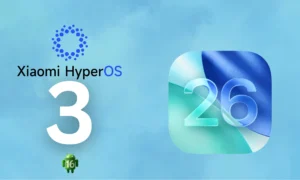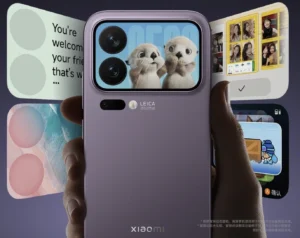Xiaomi HyperOS 3: Can it Challenge Apple’s iOS?
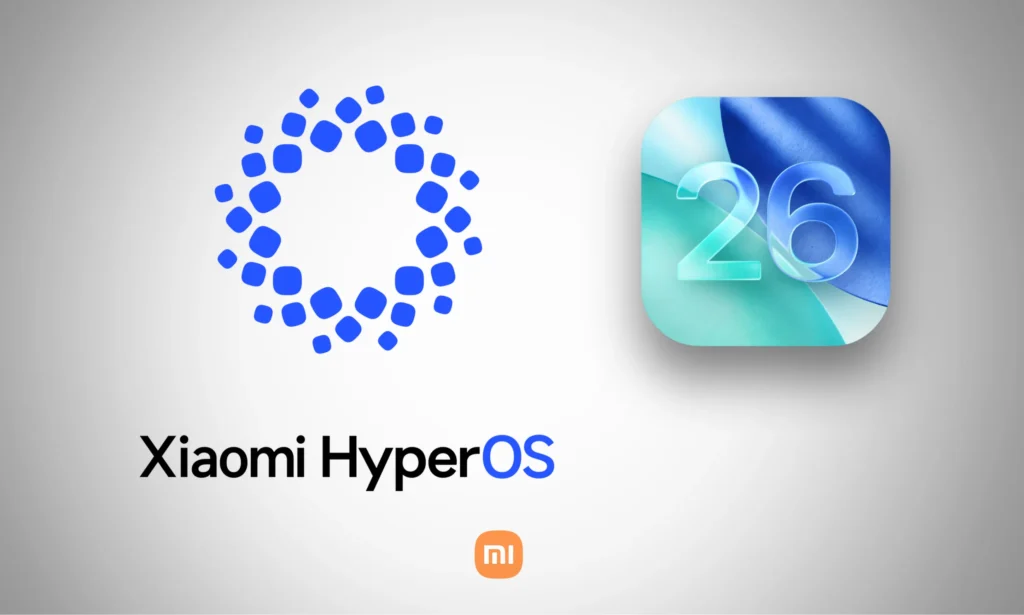
The mobile tech scene is gearing up for what could be a massive shift. With the highly anticipated HyperOS 3 on the horizon, Xiaomi is looking poised to make a serious play for the user interface crown, currently held firmly by Apple’s iOS for well over a decade. We all know iOS for its buttery smooth, elegant, and consistently polished experience. But can Xiaomi’s latest OS iteration truly go head-to-head with the polish that has made iPhones synonymous with software perfection? Let’s break down what we’re hearing and why this could be a pivotal moment for Xiaomi.
A Monumental Leap from HyperOS 2
Now, Xiaomi isn’t exactly a stranger to feedback. For years, their old MIUI interface was a fan favorite for its sheer customization power, but it also had its fair share of gripes – stability hiccups, resource hogs, and a sometimes fragmented experience across different devices. The initial rollout of HyperOS 1 was Xiaomi’s big move to unify its ecosystem and boost performance, though it wasn’t without its early bumps.
However, HyperOS 2 really felt like a turning point. It tackled many of the stability issues that plagued its predecessors and laid the groundwork for a much more refined user journey. The subsequent updates, HyperOS 2.1 and 2.2, further polished the interface, optimizing animations, getting a better handle on resource management, and creating a smoother integration across Xiaomi’s entire device range – from their latest phones to their wearables and smart home gadgets.
HyperOS 3, if the latest leaks and whispers are anything to go by, is shaping up to be the culmination of all that hard work. Reportedly built on Android 16 (with some devices getting an Android 15 base), this new version isn’t just aiming to match iOS’s fluidity; it’s looking to surpass it in certain areas. It promises to blend the best of Android’s openness with a design language that’s clearly taking cues from the hottest trends in the industry, including some rather obvious nods to Apple’s aesthetic.
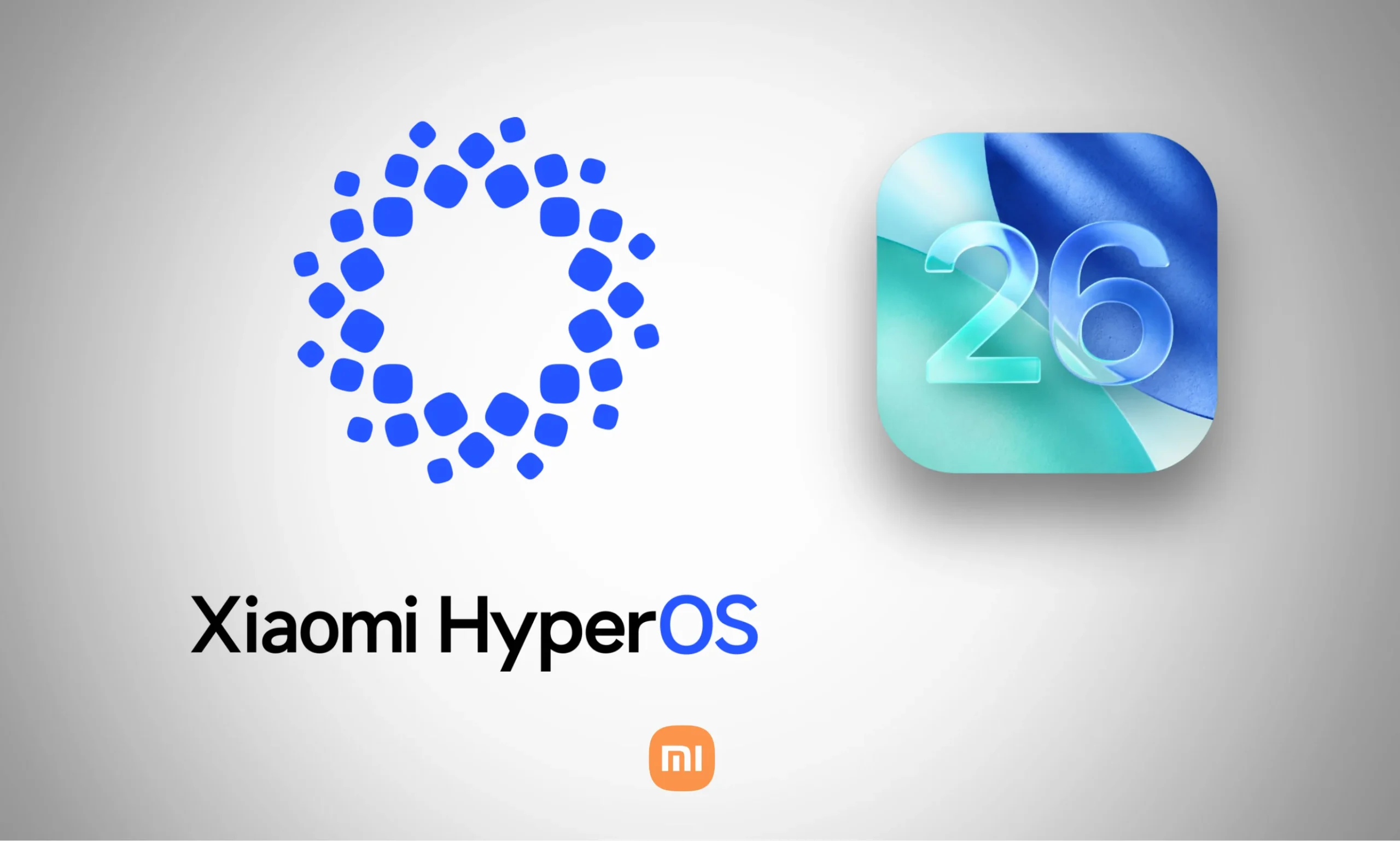
Design Inspired by iOS’s “Liquid Glass”
One of the biggest talking points surrounding HyperOS 3 is its visual overhaul, reportedly dubbed “Liquid Glass.” Leaks from reputable sources like Digital Chat Station suggest this interface will embrace transparency, subtle blur effects, and fluid animations that bear a striking resemblance to iOS 26. Think rounded, glossy icons, a revamped control center, and a status bar that echoes the clean simplicity of the iPhone. But Xiaomi isn’t just about copying; they seem to be adapting these influences to craft an experience that marries Apple’s visual sophistication with the flexibility and customization that Android users have come to love.
For instance, early previews show the HyperOS 3 home screen ditching the default search bar for a more minimalist look, featuring dynamic widgets that prioritize the information you actually need. Plus, the rumored introduction of an iOS-style recent apps menu – complete with options like a horizontal list view, a vertical grid layout, or a stacked “card” format – promises to make multitasking intuitive and visually pleasing. These aren’t just copy-paste features; they’re aimed at enhancing the user experience while offering more customization options, an area where Apple has historically been a bit more restrictive.
Innovations Beyond Just Looking Good
While the visual refresh of HyperOS 3 is a massive draw, Xiaomi isn’t stopping there. Artificial intelligence (AI) is a core pillar of this update. We’re talking about advanced photo editing tools, like object removal and intelligent background filling, and assistants that genuinely seem to anticipate your needs based on how you use your device. HyperOS 3 is aiming for a smarter, more adaptive experience. The exciting part? These AI enhancements aren’t just for the top-tier flagships; they’re expected to trickle down to a much wider range of devices, thanks to Xiaomi’s knack for optimizing software for mid-range and even lower-end hardware.

Beyond AI, HyperOS 3 is doubling down on Xiaomi’s ecosystem integration. Syncing across your smartphones, tablets, smartwatches, and IoT devices is set to be smoother than ever. Expect features like prioritized notifications and a redesigned control center that makes managing multiple devices a breeze. For the gamers out there, the integration of Vulkan technology is a big deal, promising more stable performance in demanding titles, even on less powerful hardware. This could be a nice edge over competitors, say, Samsung, whose One UI 8 has been noted for more incremental changes.
An Ambitious Rollout with Broad Reach
One of the most impressive aspects of HyperOS 3 is its sheer scale of deployment. Leaks indicate that the update is slated to arrive on a whopping 96 devices across the Xiaomi, Redmi, and POCO brands. This includes everything from the latest flagships, like the Xiaomi 16 series, all the way down to more budget-friendly options like the Redmi Note 14. This inclusive approach really stands in contrast to Apple’s strategy, which often reserves its most advanced software features for its newest hardware. However, it’s worth noting that not every device will get HyperOS 3 based on Android 16; some older models will be updated with an Android 15 version. This still ensures they receive visual and functional improvements, albeit with some limitations.
The official launch is pegged for October 2025, coinciding with the debut of the Xiaomi 16 series. The rollout will kick off in China and then expand globally before the year is out. This timing is smart, allowing Xiaomi to capitalize on the holiday shopping season, especially in key markets like India and Europe.
A True Challenger to Apple?
So, the million-dollar question: can HyperOS 3 really unseat Apple’s interface dominance? On the design front, it’s clear Xiaomi is taking inspiration from iOS, but they’re doing it in a way that aims to blend premium aesthetics with Android’s inherent flexibility. The stability improvements we’ve seen in HyperOS 2 and its subsequent updates suggest Xiaomi has learned from past mistakes, providing a solid foundation for HyperOS 3. Furthermore, the integration of AI and the broad device compatibility could give Xiaomi a significant edge in accessibility and versatility – something iOS, by its very nature, can’t quite match.
That said, Apple still sets the benchmark for optimization, consistency, and long-term user experience. For HyperOS 3 to truly compete, Xiaomi needs to ensure its interface isn’t just pretty but also rock-solid, bug-free, and consistently smooth across all compatible devices. And let’s not forget brand perception – while Apple carries an aura of premium prestige, Xiaomi is still working to solidify that position in global markets.
A Bold Step Towards the Future
HyperOS 3 represents Xiaomi’s most ambitious move yet to redefine the user experience on its devices. With a design clearly inspired by iOS’s “Liquid Glass” aesthetic, significant AI and performance enhancements, and an inclusive rollout strategy that spans from high-end flagships to affordable options, Xiaomi is positioning itself as a serious contender in the mobile interface arena. Whether HyperOS 3 can ultimately dethrone iOS remains to be seen, but one thing is for sure: Xiaomi is ready to fight for its place, and Android users could be the biggest winners in this escalating competition.
Keep your eyes peeled for the official unveiling in October 2025 when HyperOS 3 debuts alongside the Xiaomi 16 series. Will this be the moment Xiaomi finally catches up to Apple? Only time will tell.
